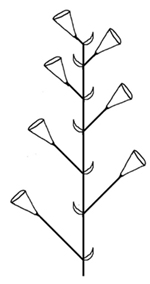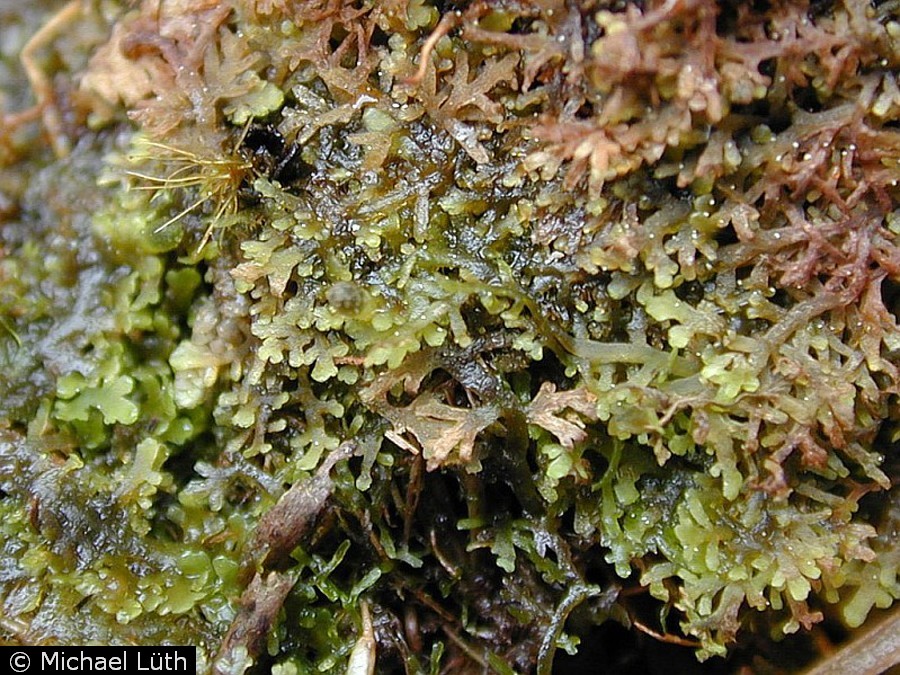Cladophora Kützing
cottonmat algaealgae:
(n) (sing. alga) photosynthetic, eukaryotic, unicellular or complex multicellular organisms, mainly aquatic, lacking true stems, roots, leaves, conducting vessels, and complex sex organs
, green algaealgae:
(n) (sing. alga) photosynthetic, eukaryotic, unicellular or complex multicellular organisms, mainly aquatic, lacking true stems, roots, leaves, conducting vessels, and complex sex organs
Cladophoraceae
cosmopolitancosmopolitan:
(adj) essentially worldwide in distribution
not currently cultivated as an ornamental
none
may be invasive in waterways
filamentous green algaalgae:
(n) (sing. alga) photosynthetic, eukaryotic, unicellular or complex multicellular organisms, mainly aquatic, lacking true stems, roots, leaves, conducting vessels, and complex sex organs
 ; free-floating, attached with rhizoidlike filaments, or submergedsubmerged:
; free-floating, attached with rhizoidlike filaments, or submergedsubmerged:
(adj) (syn. submersed) under water; submerged below the water surface
Forms filamentous sheets, dense cushions, or free-living hollow "balls." Rhizoidal base; uniseriate filaments; branches sparse to profuse. Cells cylindricalcylindrical:
(adj) forming a nearly true cylinder
, uniform, multinucleate. Chloroplasts discoid, typically connect to form a reticulatereticulate:
(adj) in the form of a network; netted (often of leaf veins)
 pattern; with pyrenoidspyrenoid:
pattern; with pyrenoidspyrenoid:
(n) structure found in chloroplasts of many algae that is possibly involved with starch deposition
 . Asexual reproduction by thallusthallus:
. Asexual reproduction by thallusthallus:
(n) a photosynthetic plant body that is not (or apparently not) differentiated into stems, roots, and leaves
 fragmentation or 2-4-flagellate zoospores.
fragmentation or 2-4-flagellate zoospores.
still or flowing water; alkaline, saline, or eutrophic waters
Currently there are 208 accepted species. Many Cladophora species are difficult to differentiate. Additionally, environmental conditions can significantly alter morphology.
Some Cladophora spp. are collected or cultivated for human consumption, typically in Asia.